Fat. If there’s one word in nutrition that is a major pinnacle of confusion, fat probably takes the cake (pun intended). But what is fat? Is it good? Is it bad? Should you eat it or avoid it? And what are all those different types you hear about? Does it matter? Today, we’re talking straight fat facts. So let’s clear stuff up and break it down.
First and foremost, fats, often referred to as ‘lipids’ in the nutrition word, are one of the 3 macronutrients (along with protein and carbs) that your body needs and contain 9 kcals (calories) per gram, which is higher than the 4kcals/gram that come from carbohydrates and protein.
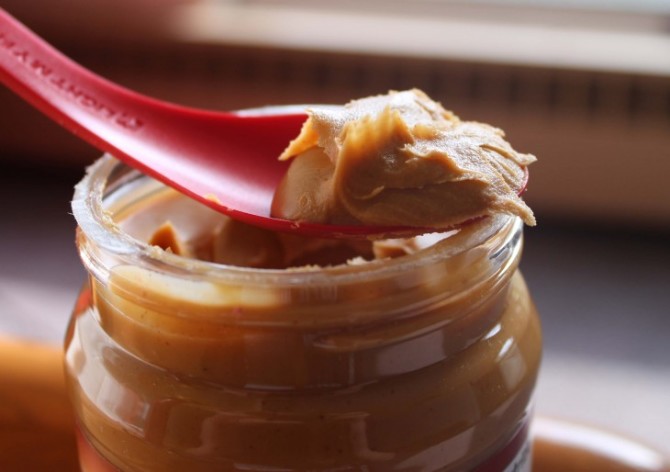
Photo by Maggie Gorman
And to answer the major question? Yes, you need fat in your diet. Not only does it help keep you full, but your body also uses it for important things like cell growth, and the absorption of some important vitamins.
You’ve probably heard about different types of fats, or noticed that food labels often divy up the fat portion to tell you how much saturated, and sometimes mono and polyunsaturated fats are in your food.
Trans fats:
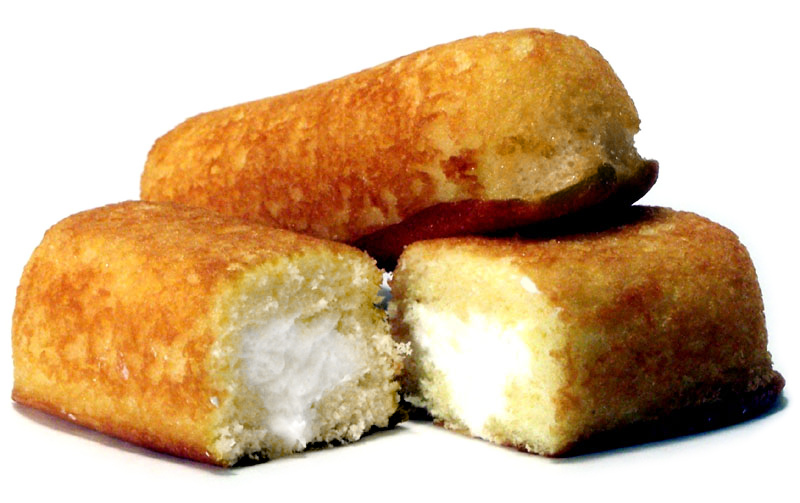
Photo courtesy of hostesscakes.com
These are the icky guys, and the ones you should avoid like your dreaded ex. There’s oodles of evidence that these negatively impact your cholesterol levels and increase risks of heart disease.
Check food labels — they’re found in a lot of prepackaged cakes, muffins, partially hydrogenated oils, and might be lingering in your restaurant meal (unless you live in NYC, where trans fats are banned in restaurants. HOLLA).
Polyunsaturated fatty acids:
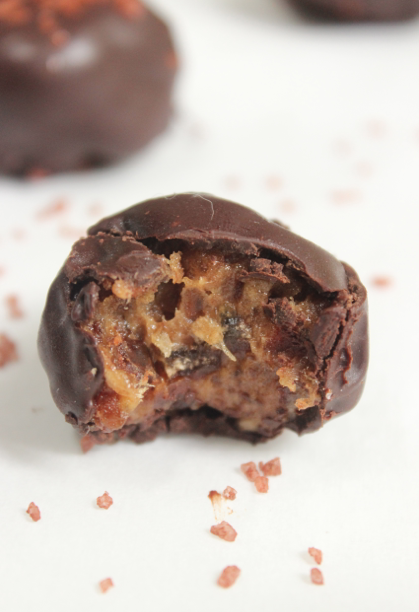
Photo by Katherine Baker
All hail PUFAs! These are the good guys, and can actually benefits on your health and your heart. There are two types: omega-3 fatty acids and omega-6 fatty acids. You may have heard of these or seen them on food labels.
Omega-3s and omega-6s are “essential” fatty acids – aka ones your body can’t make. Omega-3s found in fatty fish, flax seeds, soybean oils, canola oil, sunflower seeds, and walnuts. Omega-6s are found in safflower oil, grapeseed oil, sunflower oil, wheat germ, and walnuts.
Replacing saturated fats with PUFAs is the best thing you can do for your fat health.
Monounsaturated fats:
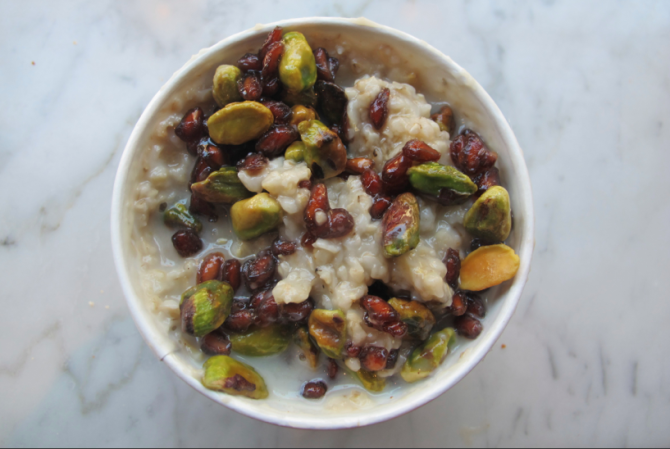
Photo by Katherine Baker
These guys are found in things like olive oil, almonds, cashews, canola oil, avocados, and peanuts. They’re considered on the better side for you, and certainly better for you than icky trans fats.
Saturated fats:

Photo by Kylie Kinder
It was originally thought that saturated fats were the culprit in increasing risks of heart disease, but recent scientific review suggests it’s a matter of what you replace saturated fats with in your diet that makes the bigger difference (think PUFAs, and not necessarily sugar or other fat replacers often used in ‘low fat’ products).
Saturated fats are found in lots of packaged baked goods, meats, butter, and cheese. Generally, it’s agreed saturated fat is to be consumed in moderation, or better yet replaced with PUFAs (see above).
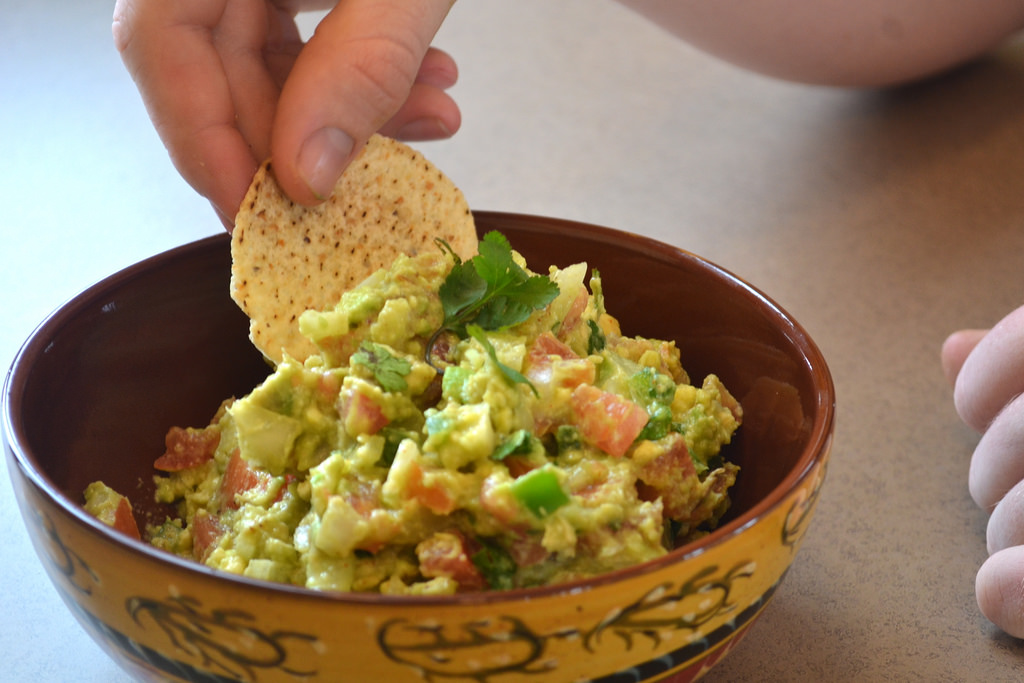
Photo by Parisa Soraya
Well that was phat, wasn’t it? Here are the cliff notes: Unsaturated is better than saturated. Saturated fat is best in moderation, and trans fat is the worst. PUFAs get the gold star. MUFAs are currently considered aiigt. Most foods considered “healthy fats” have combination of these two, so look at the labels, and go for higher PUFA ratios when possible.


